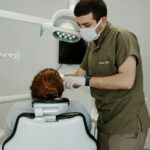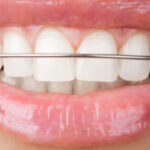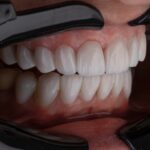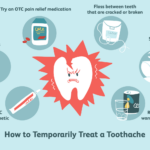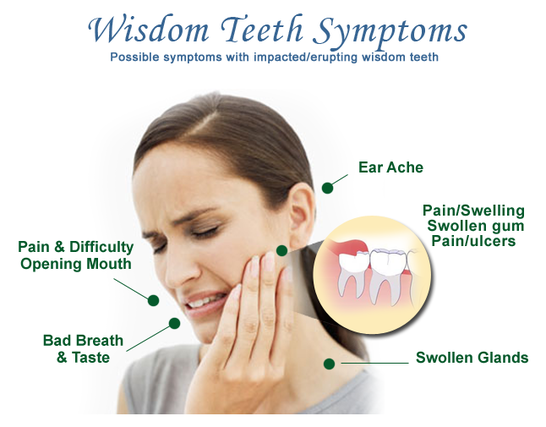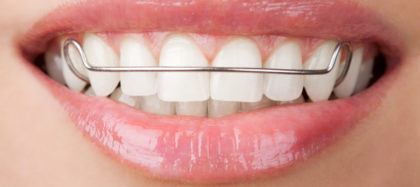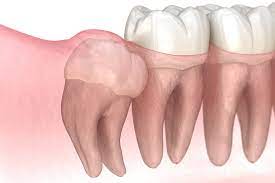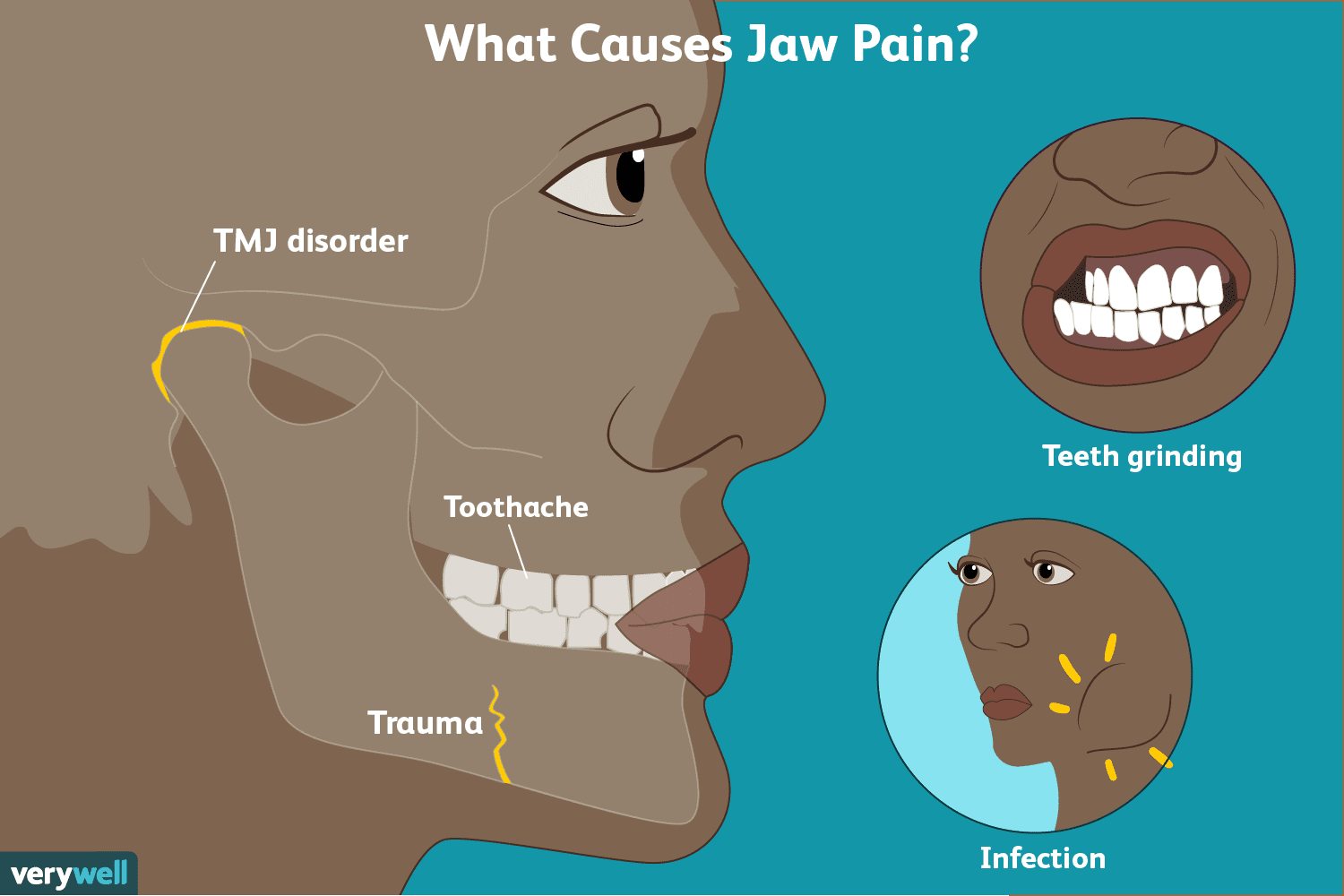Why Remove Wisdom Teeth Before Braces?
Many patients worry that their wisdom teeth will mess up the results of their orthodontic treatment. In reality, wisdom teeth exert a small amount of pressure on other teeth, but this isn’t enough to cause crooked teeth or other alignment issues.
However, if your child has impacted wisdom teeth, they may need to be removed before or after braces. Your orthodontist will make the decision based on a physical examination and x-rays of your child’s teeth.
Impacted Wisdom Teeth
For most people, their third set of molars (wisdom teeth) begin to appear around their late teens and early adulthood. While these teeth help to support your jaws, they can also lead to a range of dental problems that require orthodontic treatment.
Some of these issues can be avoided by removing wisdom teeth before they become impacted. However, some may not be able to be removed without some form of surgery.
Impacted wisdom teeth can cause a variety of oral health issues, including tooth decay, gum disease and damage to nearby teeth. They can also increase your risk of developing a painful, inflammatory gum condition called pericoronitis.
Some impacted wisdom teeth can even form cysts in the sac that surrounds them within your jawbone. These cysts can damage your jawbone, nerves and nearby teeth if left untreated. Cysts are usually noncancerous but may need to be removed.
Preventative Wisdom Teeth Removal
If you’re in the process of getting braces, your orthodontist may recommend that your wisdom teeth be removed before you start treatment. This procedure is a safe and effective way to create extra space for your teeth, protect them from damage and eliminate any potential oral health issues that you might have later on.
In most cases, however, your orthodontist will only recommend removal if you are experiencing problems with your impacted wisdom tooth and they’re not likely to resolve themselves on their own.
For example, an impacted tooth could cause pain, gum disease, decay, cysts or infections that would require your dentist to remove it.
This is why many dental professionals recommend removing wisdom teeth before they fully erupt and become an issue. If your orthodontist can remove the impacted wisdom tooth before any issues arise, you will be able to avoid the need for extensive orthodontic treatment in the future and get the smile you’ve always wanted.
Extracting Wisdom Teeth
The last permanent teeth to erupt in the mouth are the wisdom teeth, which usually appear between 17 and 25 years of age. While some people never develop these molars, others may have problems with them that can lead to a range of dental issues.
Depending on the reason, you may be told it is time to have your wisdom teeth removed. This is a good idea for several reasons, but the most important is that it will help you avoid any future dental problems.
When you have your wisdom teeth extracted, the specialist will make a small incision to remove them. Then, he or she will clean the area and stitch the gums with dissolving stitches. This will ensure that the area is healed and no more oozing of blood occurs.
Post-Extraction Care
During the first few days following extraction, proper post-extraction care is vital. This is to help promote clotting and protect the extraction site during the healing process.
It is also important to avoid certain activities that may dislodge the blood clot that is forming after the surgery. These include spitting, using a straw, and poking the extraction area.
The amount of bleeding after the surgery will vary from person to person. It is normal to bleed for the first 24 hours and will slow down as the clot is formed.
After the bleeding has stopped, you can continue to use a gauze pad over the extraction site with some pressure (biting). Replace the gauze pads every 20-40 minutes until they are no longer necessary.
The healing process will take a few days. It is best to stay at home as much as possible to avoid swelling and discomfort. You may resume your normal diet and routines after about two weeks.
